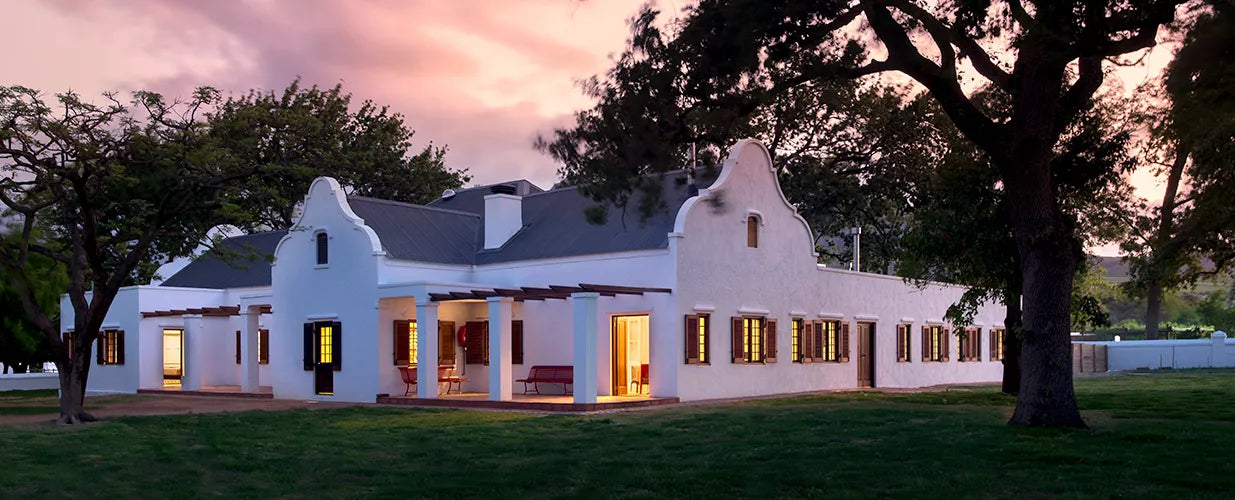
The Timeless Elegance of Cape Dutch Architecture
Cape Dutch architecture is more than just a relic of South Africa’s past—it’s a design language that continues to shape some of the country’s most breathtaking homes and estates. With its signature gabled facades, whitewashed walls, and thatched roofs, this enduring style seamlessly blends history with contemporary living. Today, designers and architects are reimagining its elements to create sophisticated spaces that are both elegant and livable.
A Heritage Built to Last
Stepping onto a Cape Dutch estate feels like stepping back in time. Originating in the 17th and 18th centuries, this architectural style was brought to South Africa by Dutch settlers, infused with influences from German and French Huguenot immigrants. But far from being an outdated design, its elements—thick sun-dried brick walls, deep-set windows, and symmetrical layouts—have proven to be timeless.
Traditionally, Cape Dutch homes featured:
- Ornate gables, often with intricate Baroque-inspired curves
- Low, elongated structures with wings extending from a central core
- Large sash windows framed by dark wooden shutters
- Whitewashed exteriors, offering a striking contrast to the lush vineyards of the Cape Winelands
Some of the most iconic examples of this style include Groot Constantia, Vergelegen, and Boschendal—estates that still exude historic grandeur while catering to contemporary tastes.
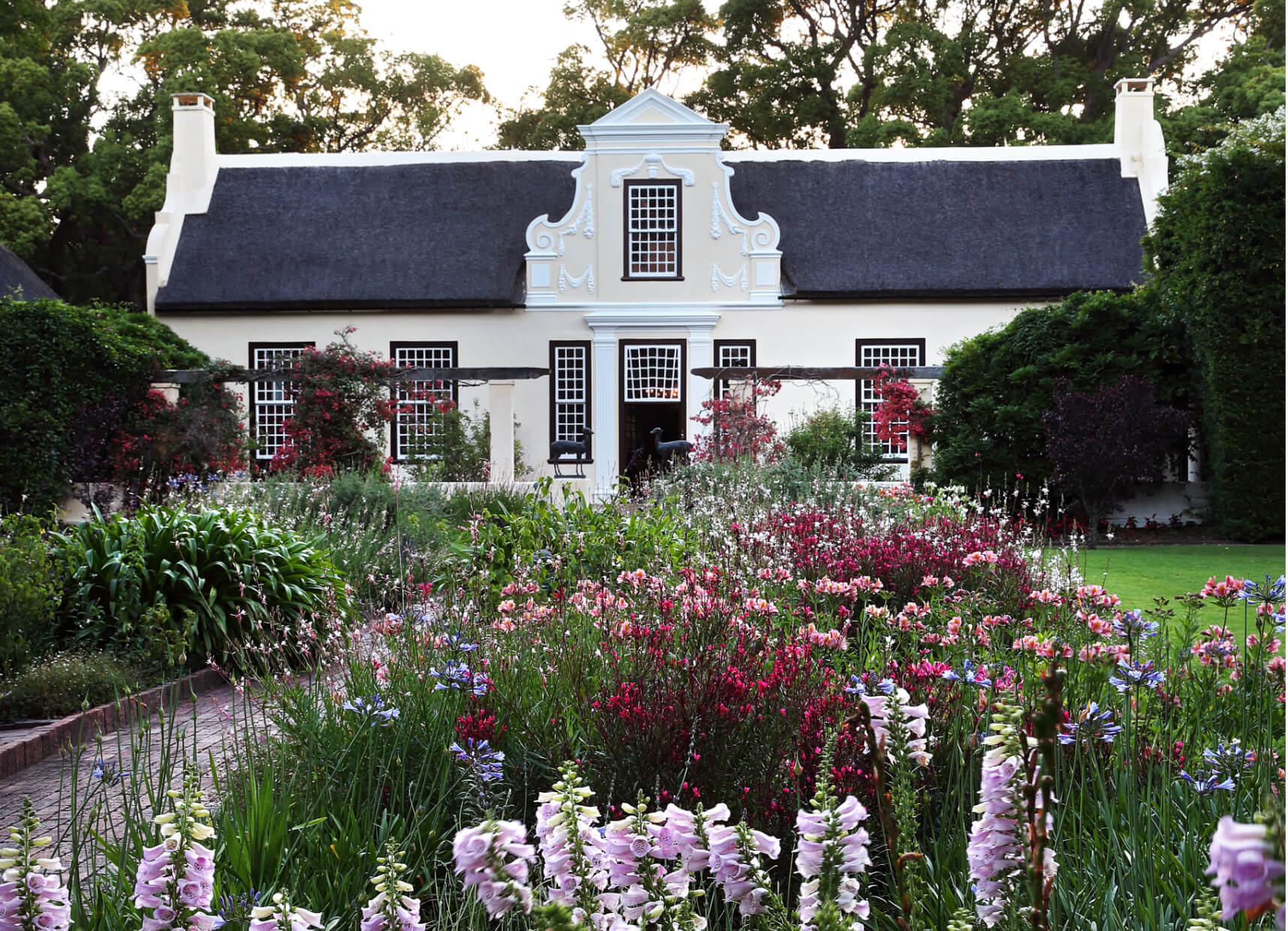
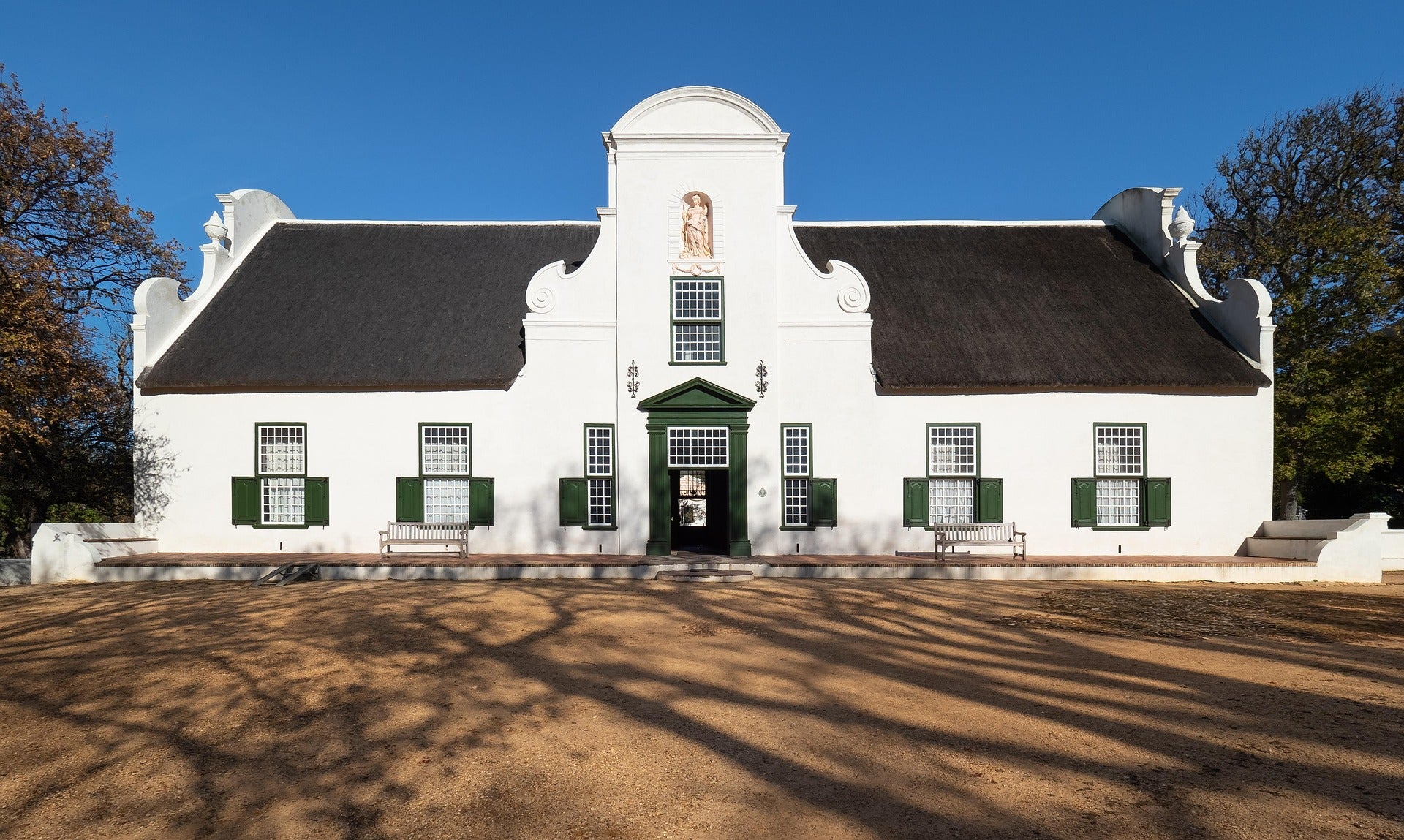

Modern Interpretations: Where History Meets Contemporary Chic
While the romantic appeal of Cape Dutch architecture remains intact, today’s interpretations bring a fresh, contemporary sensibility to the mix. Interior designers and architects are incorporating modern finishes, sustainable materials, and open-plan concepts, transforming these heritage homes into stylish sanctuaries.
1. The Reinvention of the Gable
The once highly decorative gables of the past are now streamlined and minimalist, offering a subtle nod to tradition while embracing modern geometry.
2. Sustainability Meets Style
Instead of traditional thatch and clay, today’s Cape Dutch-inspired homes feature reclaimed wood, eco-conscious insulation, and large glass panels that flood interiors with natural light.
3. Embracing Open-Plan Living
Where historic homes were often compartmentalized, contemporary designs prioritize open, airy spaces. High ceilings, expansive windows, and a seamless indoor-outdoor flow bring a relaxed sophistication to the classic aesthetic.
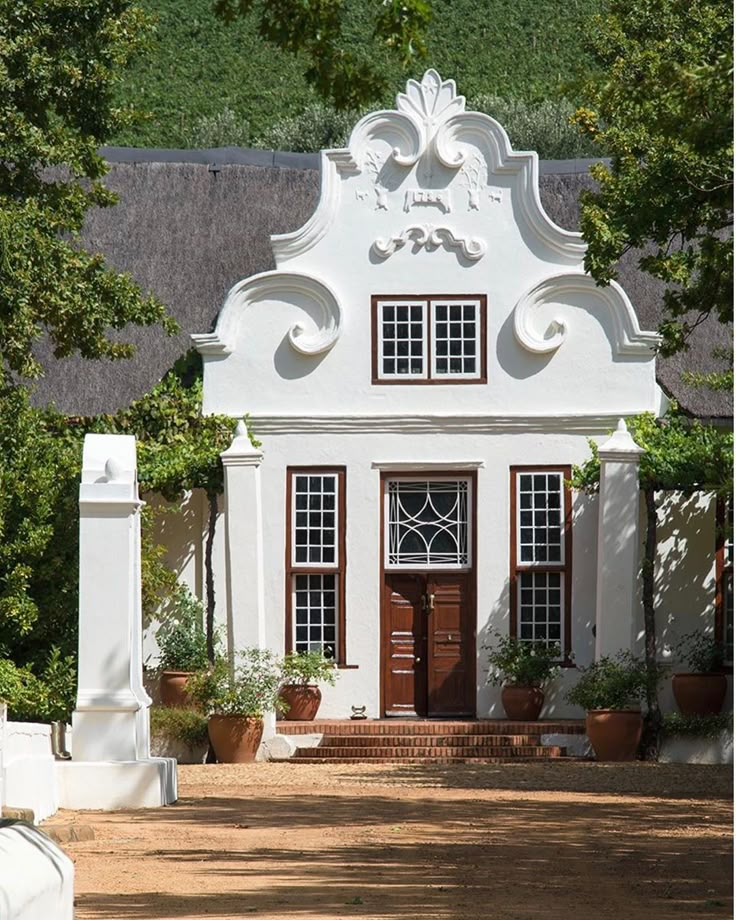
Design Destinations: Where to Experience Modern Cape Dutch Elegance
For those looking to immerse themselves in the beauty of Cape Dutch design, several destinations showcase its evolution:
- Leeu Estates, Franschhoek – A fusion of historical charm and modern luxury, where classic Cape Dutch elements are met with sleek interiors and curated art collections.
- Babylonstoren, Paarl – A working farm with exquisitely restored buildings, featuring glass-walled extensions and minimalist furnishings that let the architecture shine.
- Private Residences in the Cape Winelands – Stellenbosch and Paarl are home to stunning new builds that reinterpret Cape Dutch aesthetics with contemporary elegance, proving that this style is as relevant today as it was centuries ago.
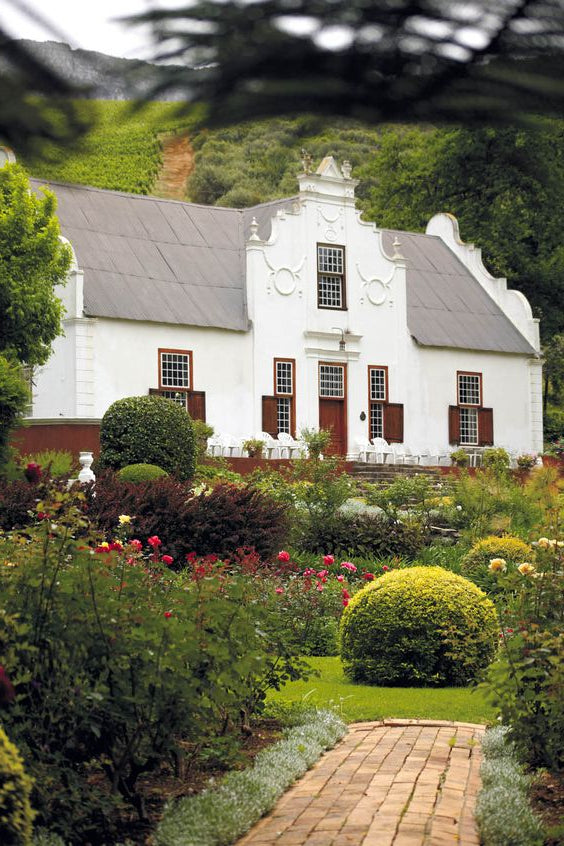
A Legacy That Endures
Cape Dutch architecture is not just a style—it’s a statement. Whether in its original form on a centuries-old wine farm or reimagined for a modern lifestyle, it continues to captivate with its blend of heritage, charm, and understated luxury. As interior design leans towards authenticity and craftsmanship, this South African classic is proving that good design truly stands the test of time.